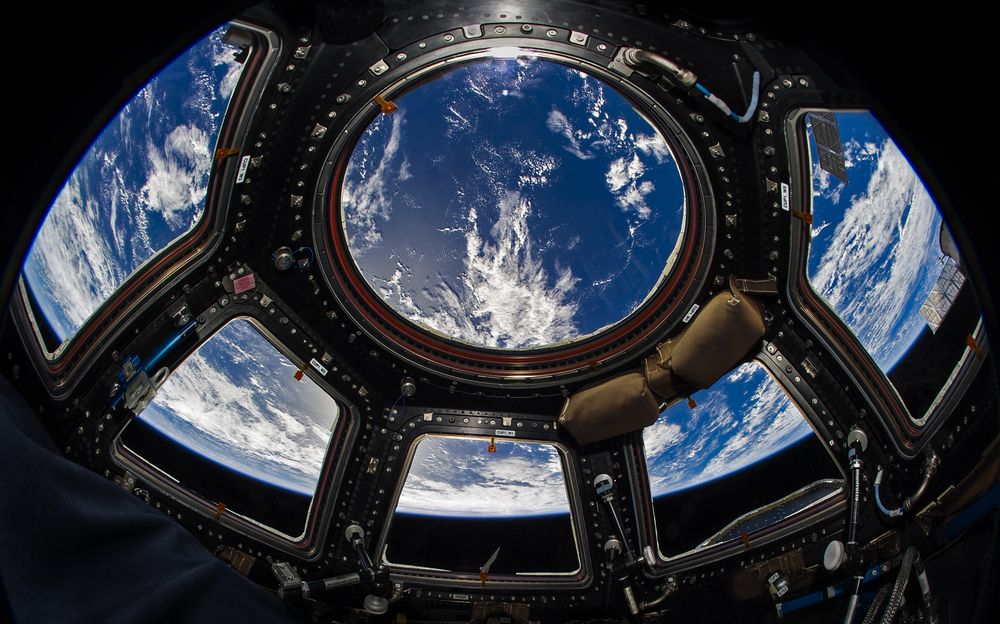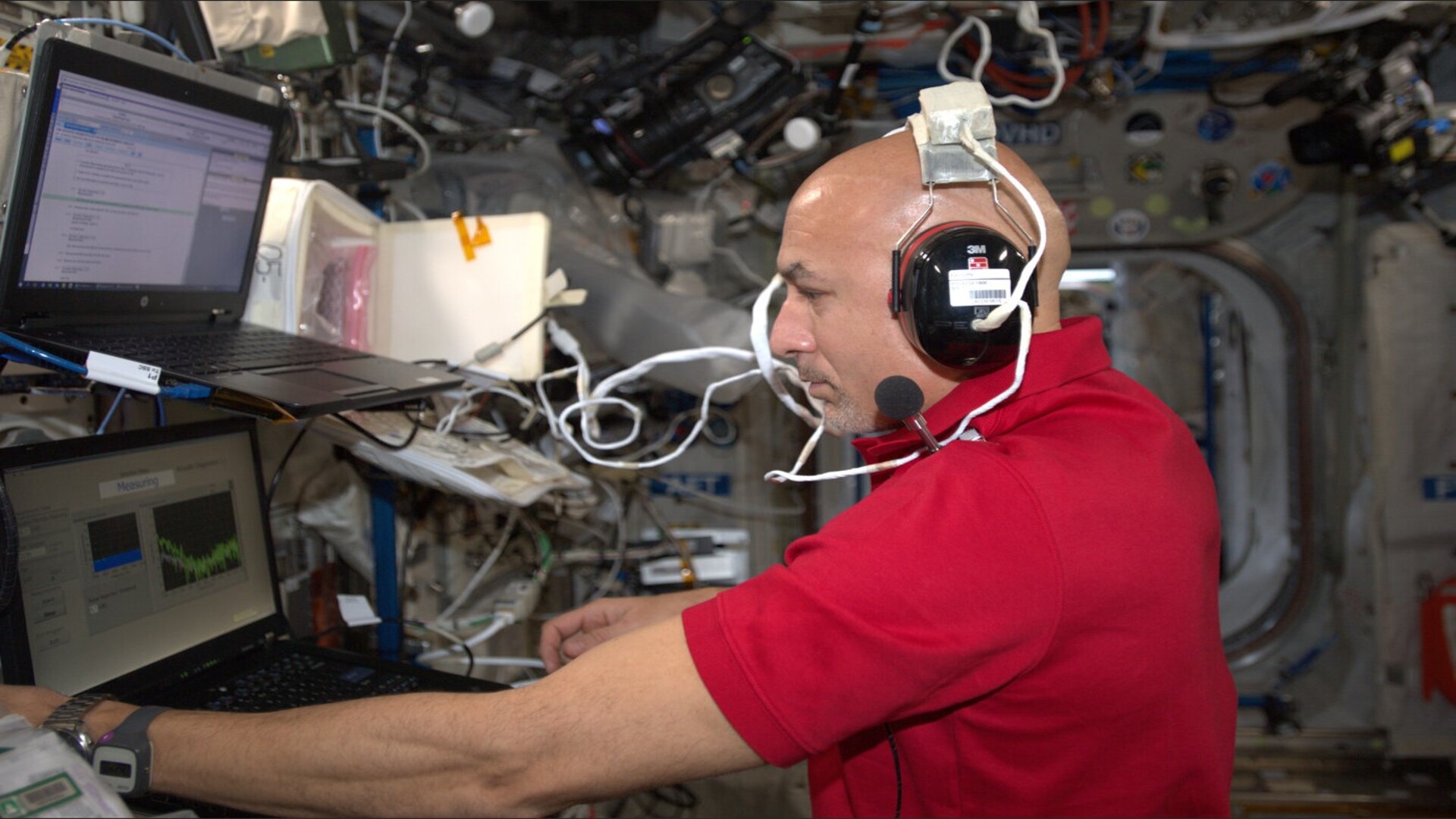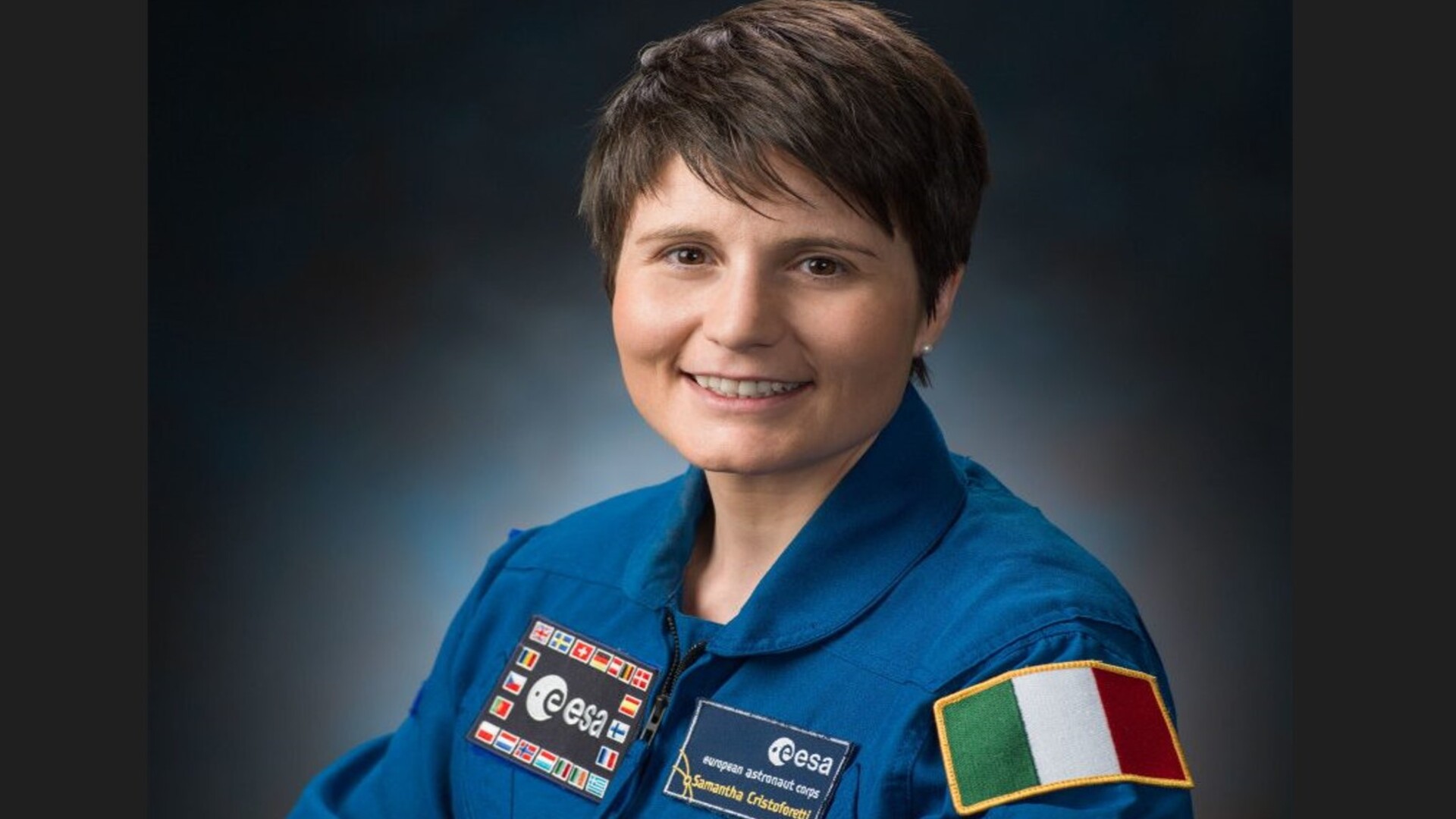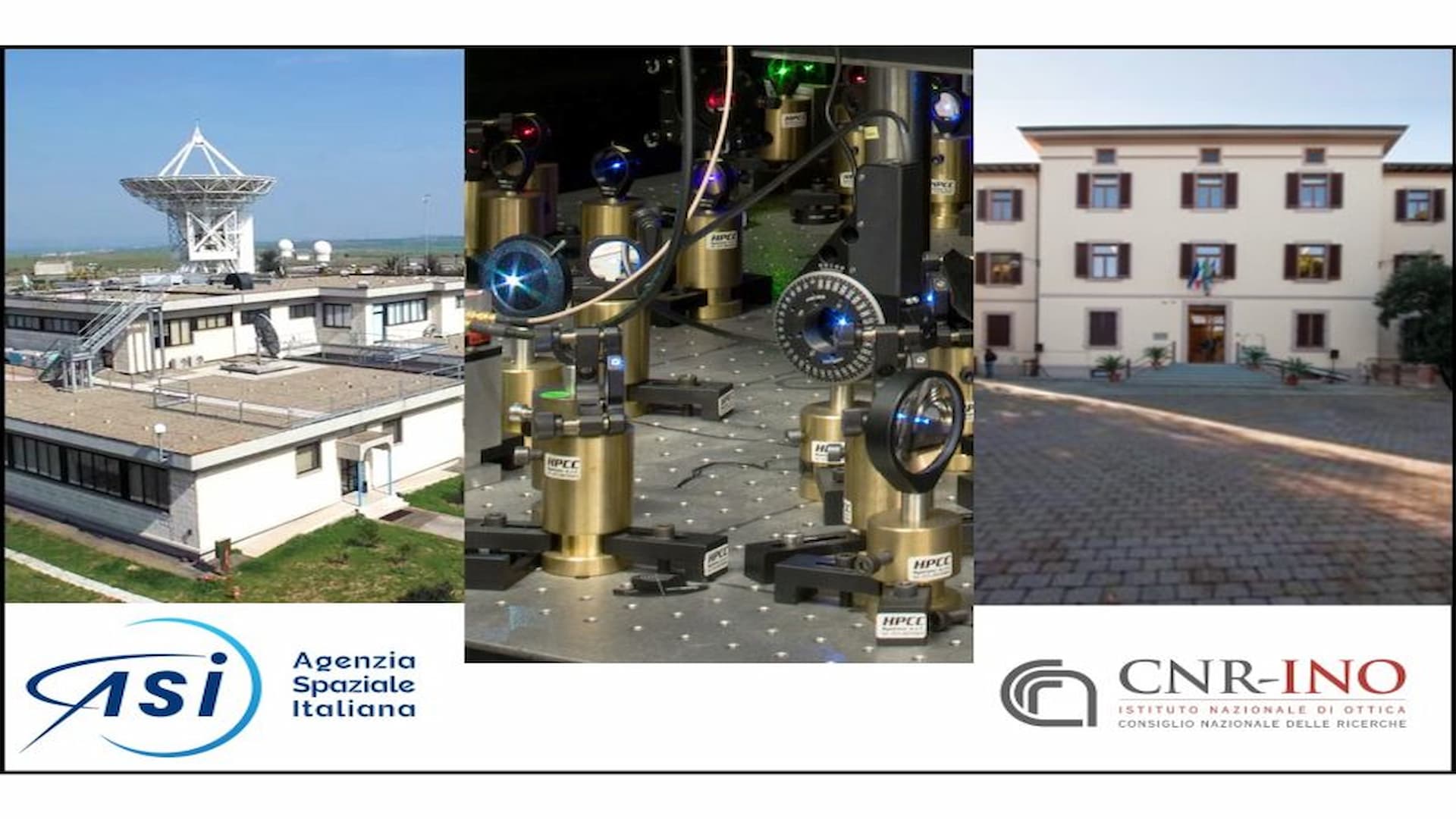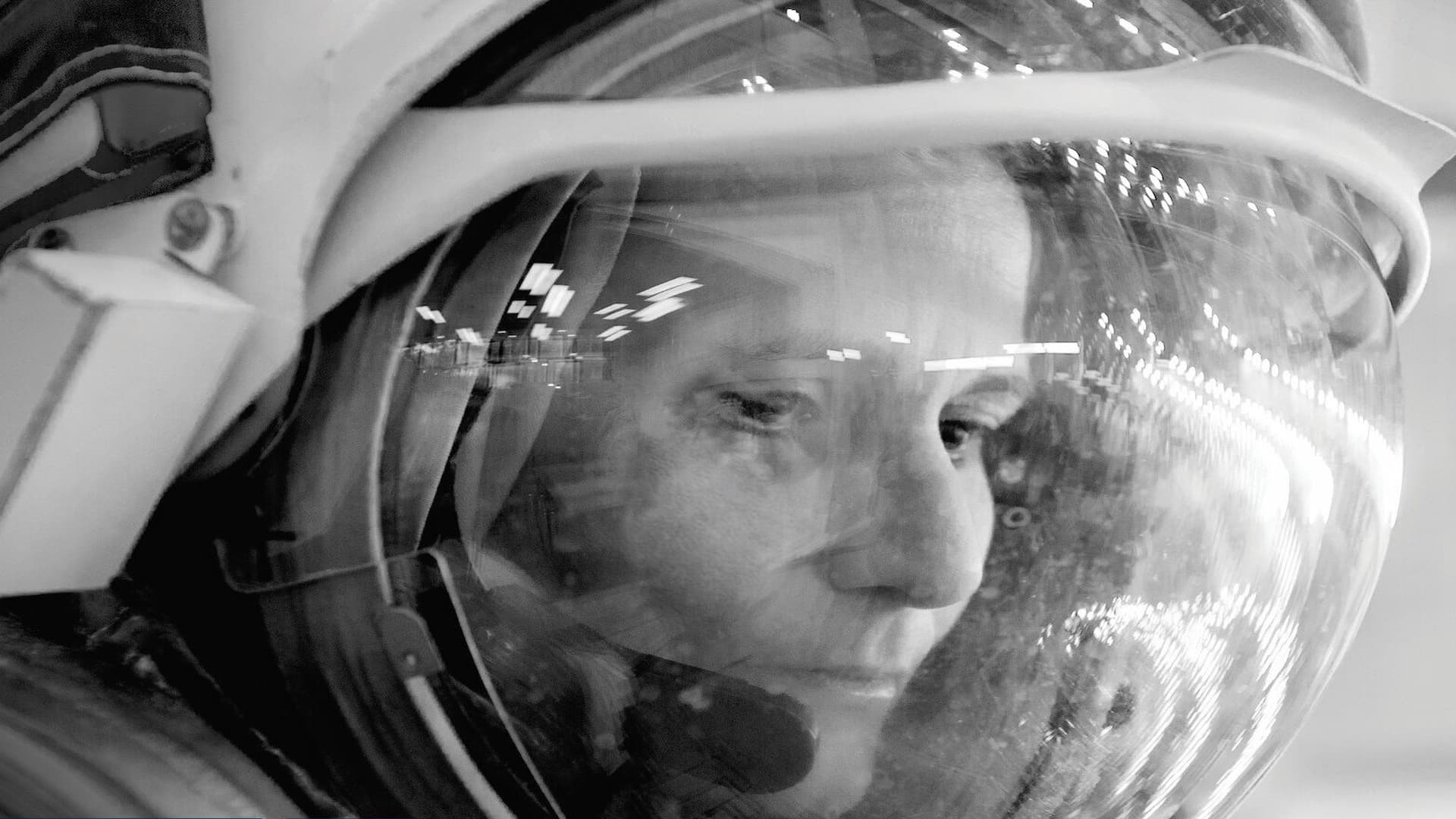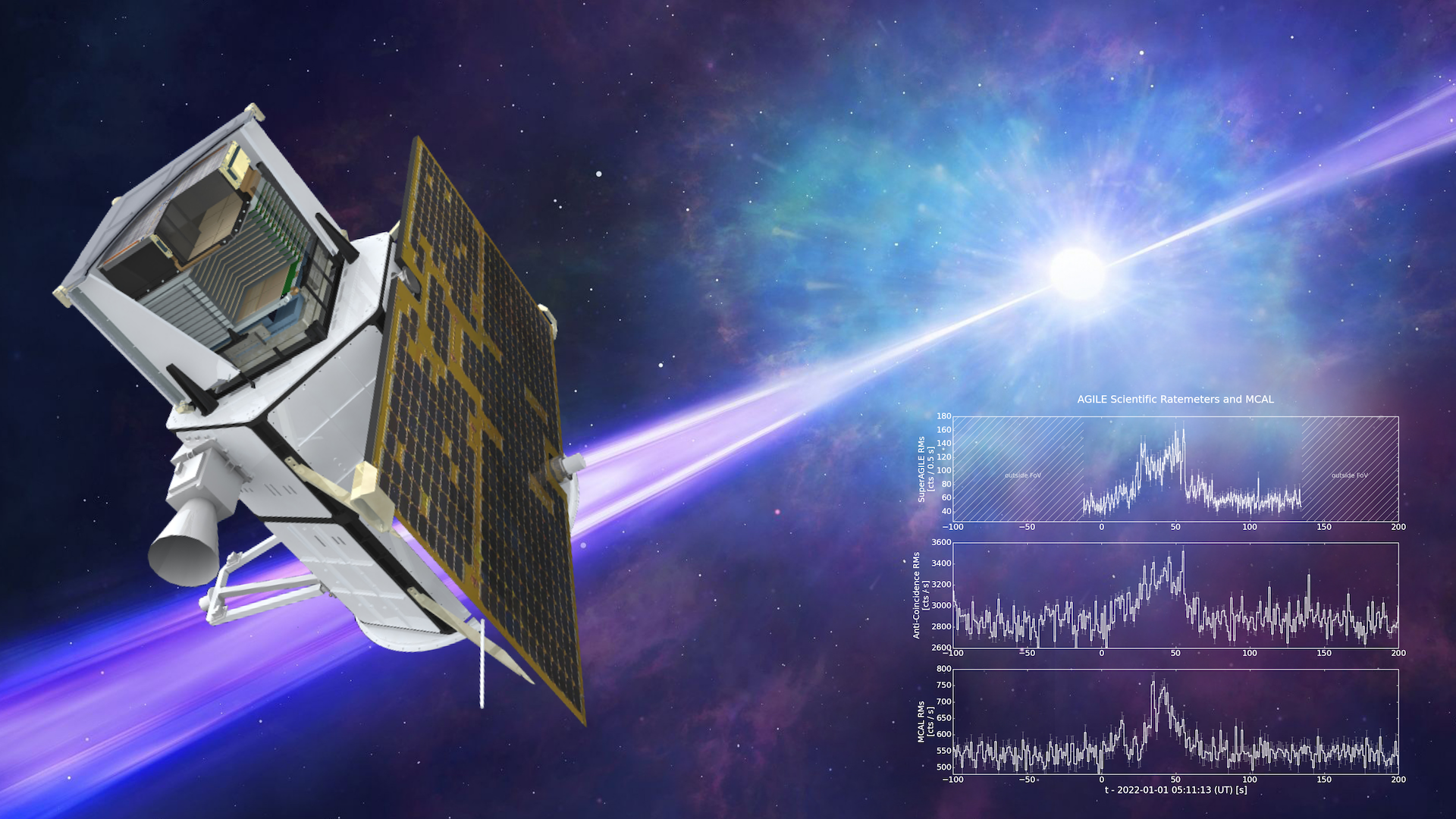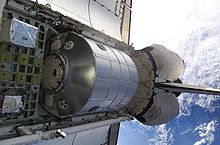
Three modules were manufactured and provided to the NASA through the ASI: Leonardo, Raffaello and Donatello, and all of them were designed for an operating life of 10 years and 25 missions. The first module of the series was transformed into a permanent module and became a stable part of the ISS starting from March 2011. The new name is PMM, Permanent Multipurpose Module.
The first MPLM flight took place on March 8th, 2001. The MPLMs were last used in 2011, the year when the Shuttle programme ended. During their ten years of operation, Leonardo and Raffaello alternated themselves and flew 12 times in total. Donatello, the most sophisticated of the three modules and equipped also with a payload feeding system, has never been used in space. Nevertheless, some of its parts have been used to transform the Leonardo module into the PMM permanent module.
NASA/ASI agreement for the MPLMs
The agreement related to the development of the MPLM modules was signed in December 1991 and was modified in October 1997, to take into account the changes deriving from the new configuration of the space station and the admission of Russia to the programme. Based on the agreement, the ASI developed and supplied to the NASA (respectively in 1998, 1998 and 2000, with the flight of the astronaut Umberto Guidoni) three MPLM flight units named Leonardo, Raffaello and Donatello, and subsequently committed to provide support to the module operations, in exchange for:
- rights of use (in terms of external allocations and in a pressurized environment, uploads, downloads, mass, volume, energy, crew time and communications), equal to the 0.85% of the NASA share;
- six flight opportunities for Italian astronauts: three short-term flights as members of the Space Shuttle and three long-term flight as members of the Station crew.
The modules
The MPLM had a cylindrical, aluminium structure which weighed about 4500 kilograms and was manufactured with curved, welded panels of 6.6 m length and 4.5 m diameter. The module was protected by so-called thermal blankets and panels capable of shielding in case of an impact with micrometeorites. The two extremes of the cylinder were closed by tronco-conical structures equipped with hatches that could be opened to load experiments and ground logistic supplies from one side, and the access by the space station crews from the other side. In order to ensure an adequate environment for astronauts, the module was equipped with internal atmosphere monitoring systems to maintain the temperatures of all the on-board equipment and air temperature.
Furthermore, the MPLMs were equipped with a system for circulating the water cooler of refrigerated cabinets (also known as “racks”), a system for distributing electrical power to the on-board equipment and a computer to manage the module functions and security systems.
The loads were hosted in the racks installed across the internal surface of the module. Five of these racks contained an electrical feeding and experiment refrigeration service, should it be necessary. During the permanence in orbit, the ‘racks’ carried from Earth are transferred to the modules and station laboratories; subsequently, the MPLM is loaded with racks to be brought back to Earth and reinserted into the hold of the space shuttle in view of the return. Equipment and materials used for the in-orbit research activities, instruments that are no longer necessary and waste will be inserted into the racks.
It should be noted that both Nodes, same as the Columbus laboratory, are based on the project structure of the MPLM logistic modules, designed by the ASI and manufactured by the then Alenia Spazio, today known as Thales Alenia Space.

